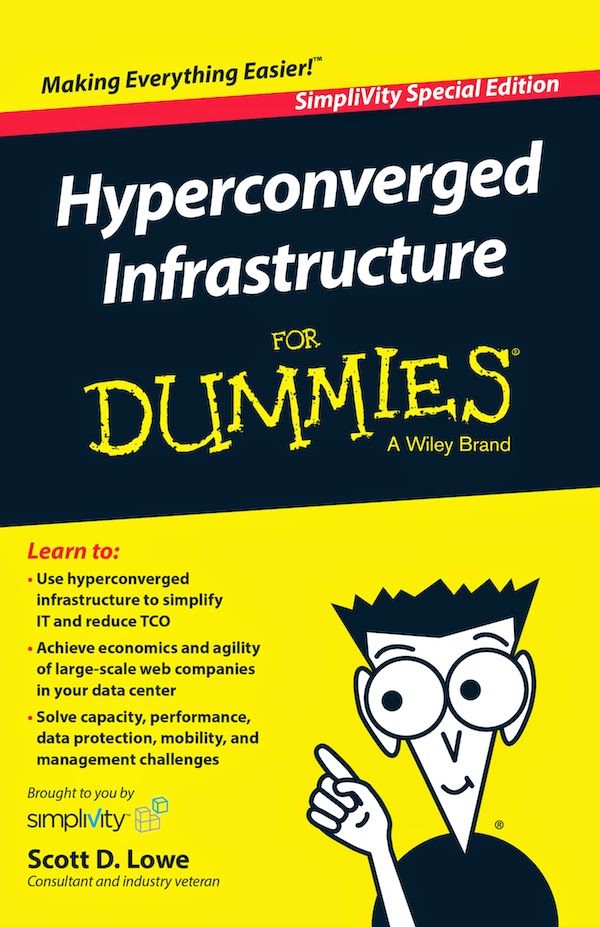With energy costs skyrocketing, it is becoming increasingly important that data center operators incorporate energy efficiency savings without sacrificing performance. In answer, the market has been flooded with various facility and product design techniques promising energy efficiency savings. But how well do they actually work?
To find out, our team at PTS upgraded the IT systems within our own facility and operations in order to validate the energy efficiency savings estimates.
Our first step was to create a baseline to measure the IT performance, capacity, and energy consumption. Next, we redesigned our IT systems with the goal of reducing energy consumption. We also wanted to increase the capacity without sacrificing performance. Lastly, we measured results to assess confirmation of the expectations.
In the end, we consolidated our sever footprint by 60% and reduced IT energy consumption by 24%, yielding a 26% drop in facility power consumption.
Our conclusion is that these results are not anecdotal in that the energy savings realized as a result of this study are completely scalable with larger, more complex data center and computer room facilities. Additionally, these energy savings may be realized without sacrificing IT performance and systems availability, while improving overall systems capacity.
To find out the details of our systems redesign and what specific strategies yield the best results, read our complete white paper “Impact of IT Upgrades on Energy Usage and Operational Costs” [PDF].
To find out, our team at PTS upgraded the IT systems within our own facility and operations in order to validate the energy efficiency savings estimates.
Our first step was to create a baseline to measure the IT performance, capacity, and energy consumption. Next, we redesigned our IT systems with the goal of reducing energy consumption. We also wanted to increase the capacity without sacrificing performance. Lastly, we measured results to assess confirmation of the expectations.
In the end, we consolidated our sever footprint by 60% and reduced IT energy consumption by 24%, yielding a 26% drop in facility power consumption.
Our conclusion is that these results are not anecdotal in that the energy savings realized as a result of this study are completely scalable with larger, more complex data center and computer room facilities. Additionally, these energy savings may be realized without sacrificing IT performance and systems availability, while improving overall systems capacity.
To find out the details of our systems redesign and what specific strategies yield the best results, read our complete white paper “Impact of IT Upgrades on Energy Usage and Operational Costs” [PDF].












.jpg)